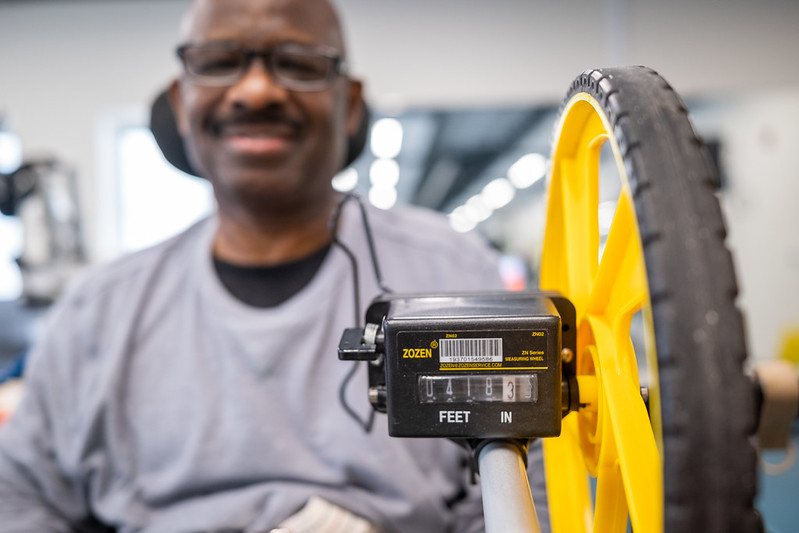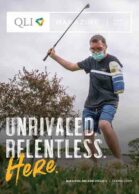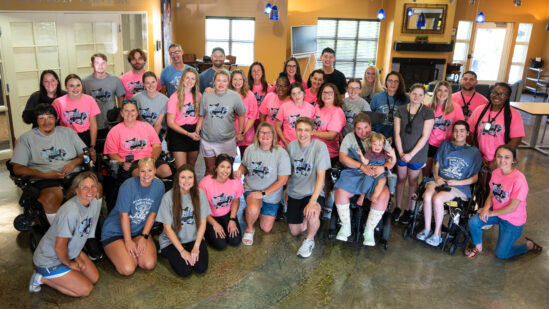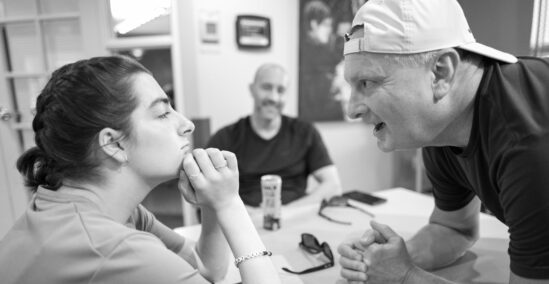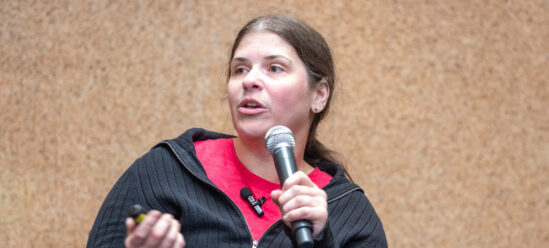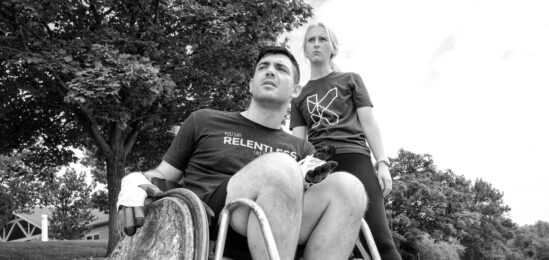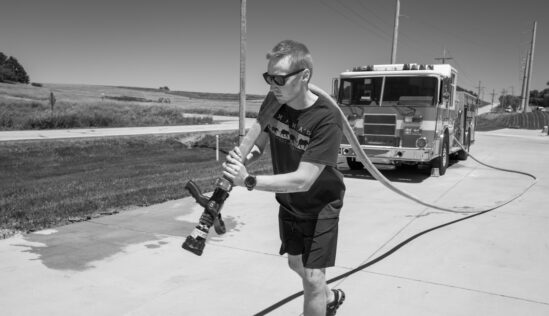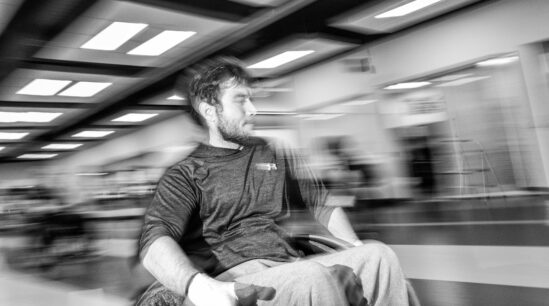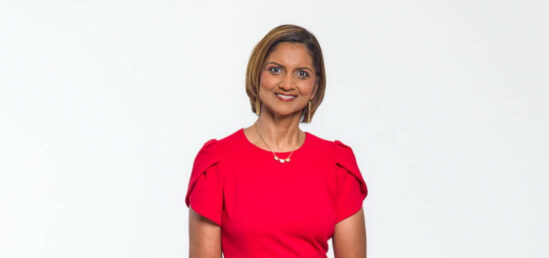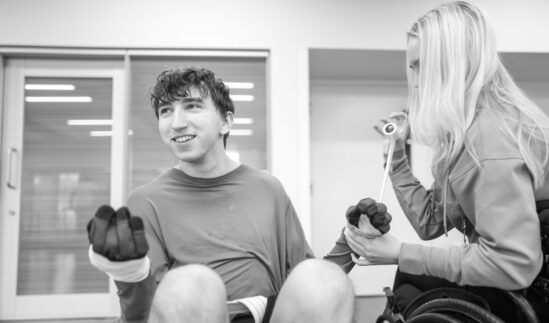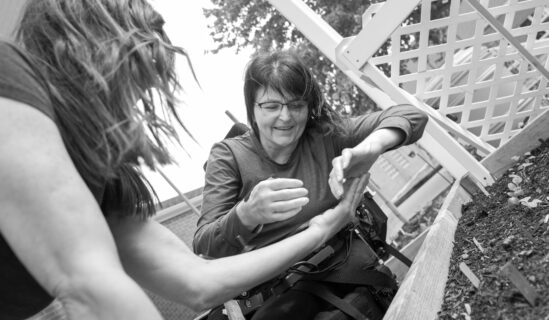At 62 years old, Kelvin “Preach” Haynes is far from riding off into his golden years. In fact, it is quite the opposite. He holds many roles and shows no signs of slowing down.
Preach the church elder.
Preach the father, the husband.
Preach the union leader.
Preach the acrobat.
From the time he was young, Preach had an interest in acrobatics. “I started getting into it in high school,” he says. “For a while, I’d go around to parades across the country and perform.”
And perform he did. Backflips, extravagant cartwheels, or a combination of both with a 360-degree spin. Down scores of Main Streets he tumbled through the procession, surrounded by trombones and cheering faces helping the people of the community celebrate.
In 2022, Preach didn’t hesitate when he was approached about performing for the annual Juneteenth Parade in his beloved hometown of Kansas City, Missouri.
The parade kicked off in Kansas City’s historic 18th & Vine Jazz District. Preach was excited about the show and had things all laid out. “When I do some of my more elaborate moves, I visually plan out points where I will transition from one part to the next.”
He had in his peripheral vision a window and a door from a building on the side of the street. A plan formed of moving from a 360-degree spin to a backflip when the door reached his descending eye line. He launched the spin, but the speed of the conversion was faster than anticipated. Before he could correct the descent, he had landed on his neck, with a resulting spinal cord injury.
Immediately following the injury, Preach remembers being able to move his body, but the injury to his 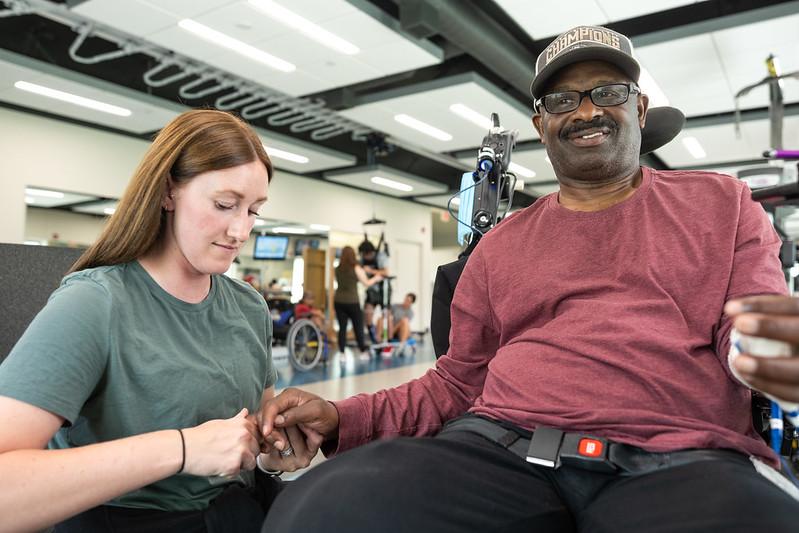 spinal cord quickly stole the function from his legs and arms. It wasn’t until he arrived at the hospital that Preach began to realize how crucial the swift ambulance ride had been.
spinal cord quickly stole the function from his legs and arms. It wasn’t until he arrived at the hospital that Preach began to realize how crucial the swift ambulance ride had been.
“The doctor told me how close they had come to losing me. I couldn’t believe it. I just started crying. I would’ve been gone so quickly, I wouldn’t have had any time to pray or to think of my family.”
The effects of the injury then sank in. “My hands couldn’t move,” says Preach. “And I tried so hard to make them.” Preach had an incomplete spinal cord injury, meaning that with enough therapy and work, it might be possible for sensory and motor functions to return to his legs and hands. Preach received an inch, but with prayer and grit, he was going to take it a mile.
After some initial health setbacks and transfers to several Kansas City hospitals and facilities, Preach landed at Johnson County Rehabilitation Hospital in Overland Park, Kansas. There he began his laser-focused goal of regaining mobility. Charged by his drive and engaged by his charm, his team quickly rallied behind him. “Preach would sit outside his room, smiling ear to ear, waiting for his therapist to arrive for the day’s session. He worked relentlessly and was a favorite amongst his team. We had a hard time letting go but knew that he needed that next level of intensity,” shared Johnson County Rehabilitation Hospital’s Chief Therapy Officer, Jordyn Knipp. “We felt great about him transferring to QLI knowing all he would be doing, the amount of time he’d spend with his team, and knowing that because of his fight, he would make great gains.”
Preach arrived at QLI on a cold December afternoon. “I told myself that I may have rolled into QLI, but I would try my hardest to walk out.” Since that day, Preach understood every new day’s value and the opportunity each program and session would bring. For him, there is no other way but to tackle barriers head-on, something for which his years of experience as a union leader in the International Brotherhood of Teamsters and church elder at his Church of God in Christ congregation have prepared him. This mindset transformed into a mantra Preach would repeat to himself:
“I’m gonna leave here, but not as I came.”
__
“Preach brought with him a bright and joyful energy,” says physical therapist Dani Gruber. The team quickly realized that his hardworking character underlines everything Preach does.
Gruber wasted no time engaging the assistance of two essentials of rehabilitation technology—the ZeroG body weight supported gait system and the EVA support walker.
The ZeroG lifts some of a user’s body weight so the therapist and client can focus on the motor movement of gait retraining. “At the start, I needed all the help I could get,” he remembers. Over time, Preach began laps along the ZeroG track in the Gait & Robotics Lab. Dani and other clinicians took note 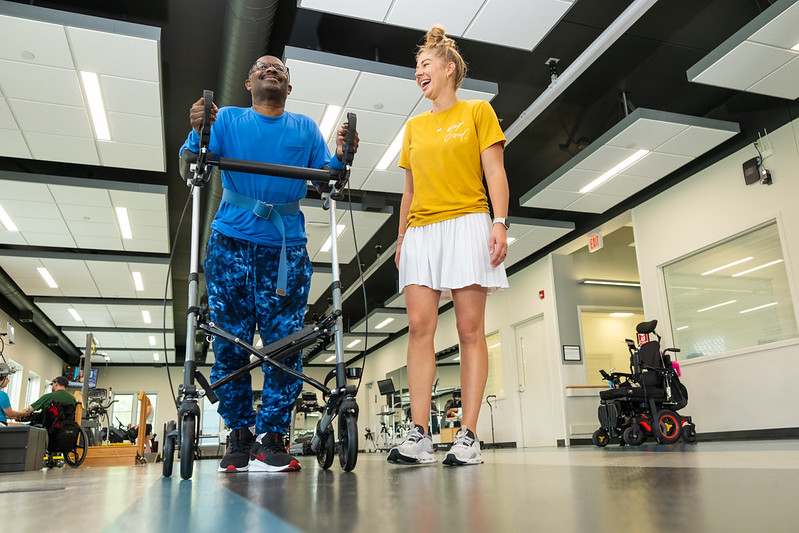 of the progress and slowly engaged Preach to carry more of his body weight. The progress didn’t sink in for Preach until a team conference. “I had a feeling I was a little heavier,” Preach quipped to his team after hearing the report.
of the progress and slowly engaged Preach to carry more of his body weight. The progress didn’t sink in for Preach until a team conference. “I had a feeling I was a little heavier,” Preach quipped to his team after hearing the report.
Over time, Preach had gone from fully assisted and supported walking, to gradually beginning to walk with minimal support, to no body weight support at all. The EVA Walker was introduced as a next step, offering forearm rests for him to lean forward and propel himself with his legs. The device also allows for a more dynamic range in the environments in which the mobility training can occur. No longer was Preach’s training confined to the ZeroG track system’s path. Now, he could practice traversing the hallways, moving from carpet to wood floors, navigating long stretches of straightaways, or tight corners. As his world was slowly opening, Preach was ready.
His sessions are not without hardships. But regardless of what they hold, Preach does whatever is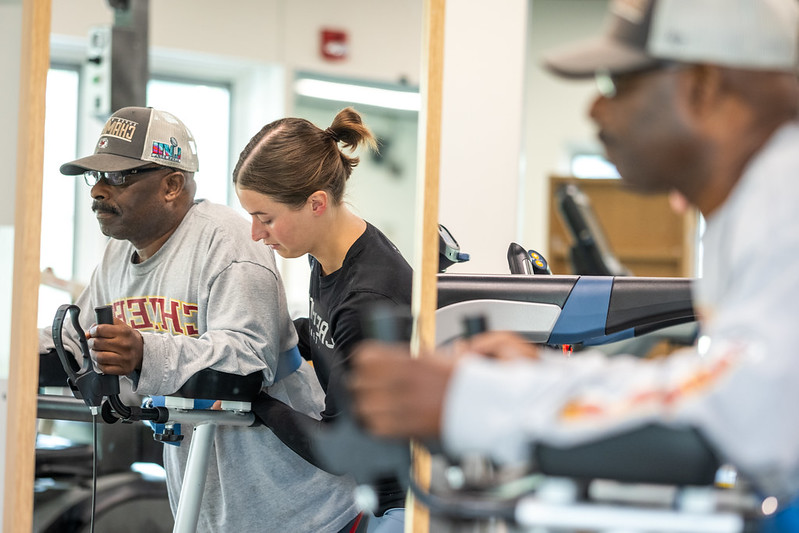 charged with absolute focus, unwilling to quit. His tone flares, he feels fatigued, and a dull pain begins—Preach closes his eyes and presses forward in a seemingly meditative state.
charged with absolute focus, unwilling to quit. His tone flares, he feels fatigued, and a dull pain begins—Preach closes his eyes and presses forward in a seemingly meditative state.
One day while in physical therapy with Dani, Preach was practicing pop-over transfers. During these types of transfers, the client places the wheelchair against the surface, in this case, a risible mat in the Gait & Robotics Lab. Practically in the blink of an eye, and without a word from Preach, he popped over to the mat and rolled onto his stomach to practice rolling exercises.
“It’s one thing to work towards a skill. It’s another to master it. It is yet another to internalize and process barriers for himself when they arise. Preach is always seeking all the knowledge available on what he’s trying to accomplish, so he can form his goals accordingly,” says Dani.
This is the beginning of his transition home.
The end of his stay at QLI is coming closer. He wants to return to Kansas City—to the home he is so proud of and to the people who love him. There are still plans to make, details to secure. But whether it be in six days or six months, Preach Haynes will leave QLI but not as he came.
